Britain's Mysterious Canada Lynx
Canada lynx (Lynx Canadensis)
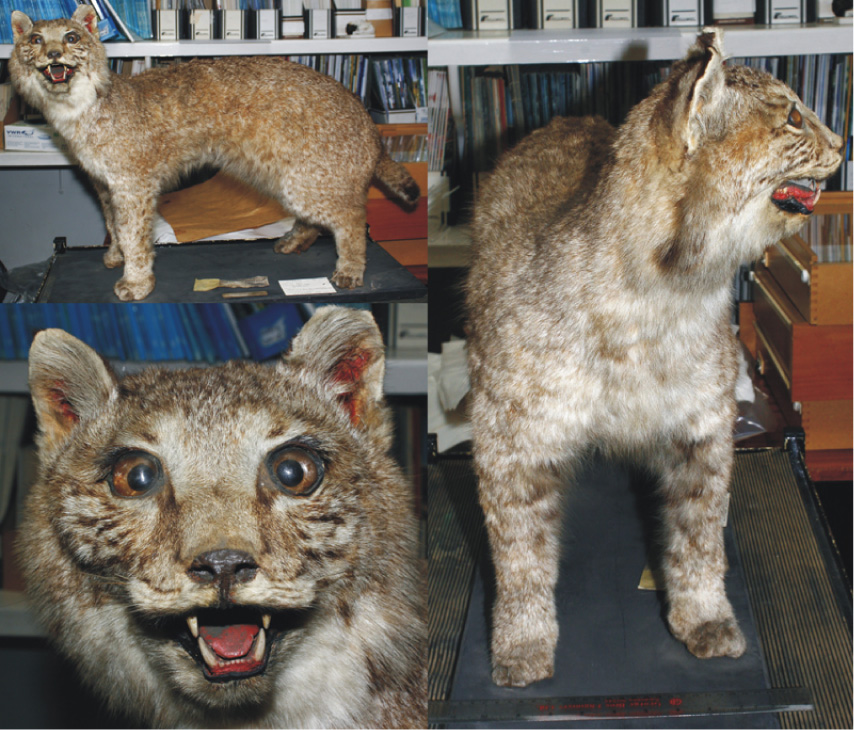
Specimen Ab4458 from the Bristol Museum and Art Gallery. The specimen’s tail markings, proportionally short legs, silvery-brown pelt and black markings on the under parts of its facial ruff support its identification as a Canada lynx.
Stuffed Lynx
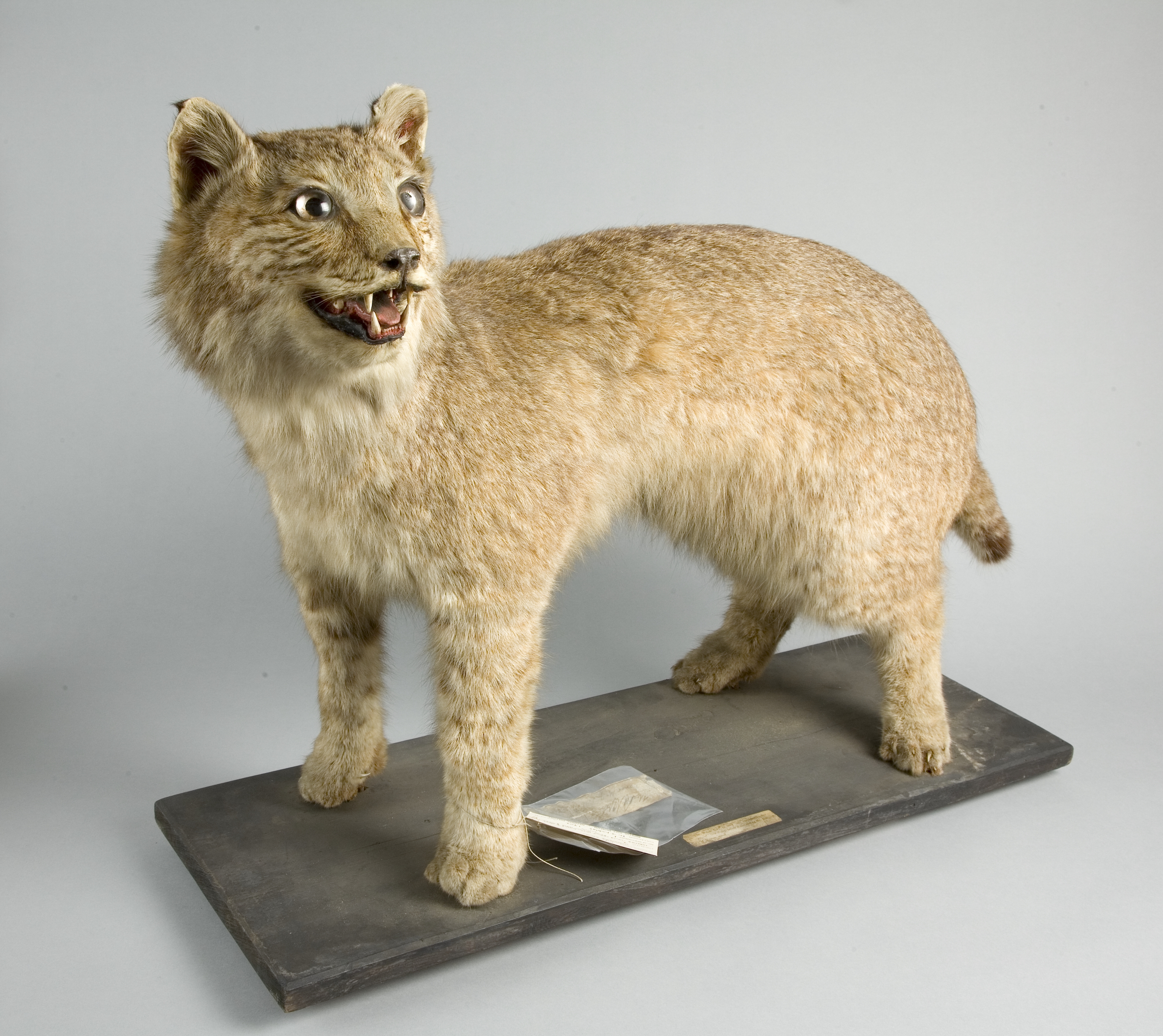
The specimen resembles both the Canada lynx and the bobcat, but a closer comparative analysis revealed it was a Canada lynx.
Bristol Museum Record
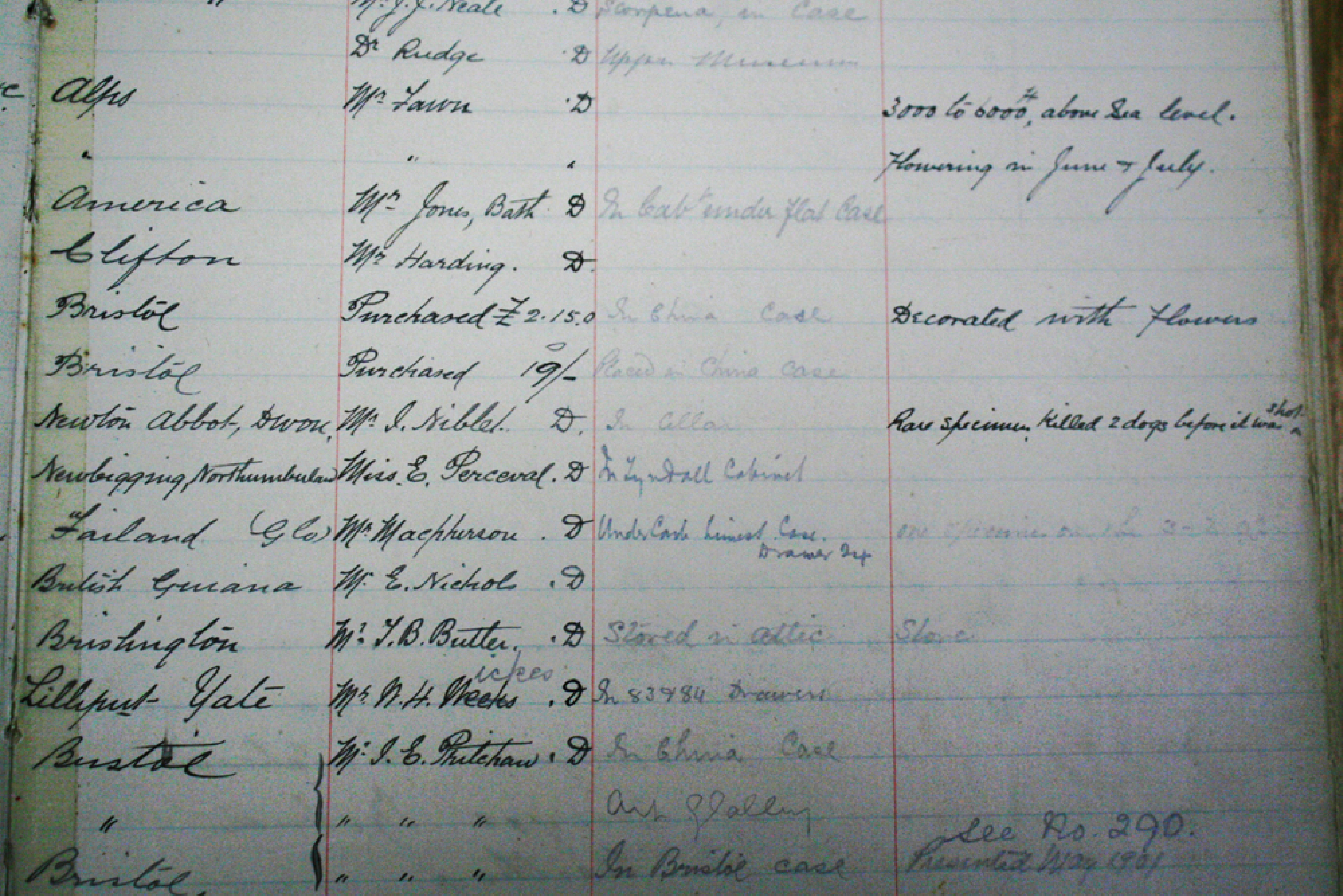
Photo of the Bristol Museum and Art Gallery catalogue page documenting accession of specimen Ab4458.
Lynx skull
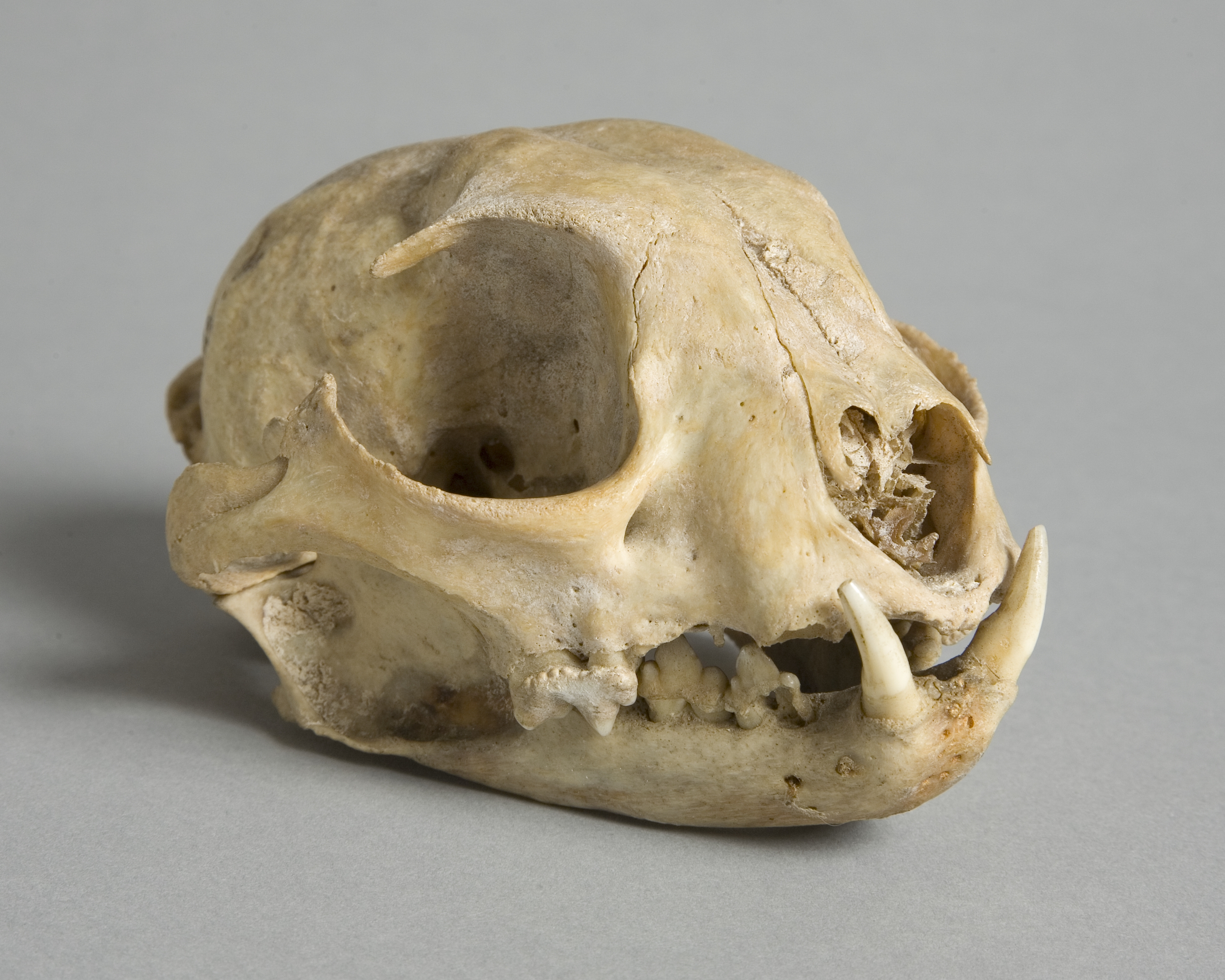
Skull of specimen Ab4458 (Bristol Museum and Art Gallery) in (A) right lateral and (B) anterior view.
Lynx Tooth (Top View)
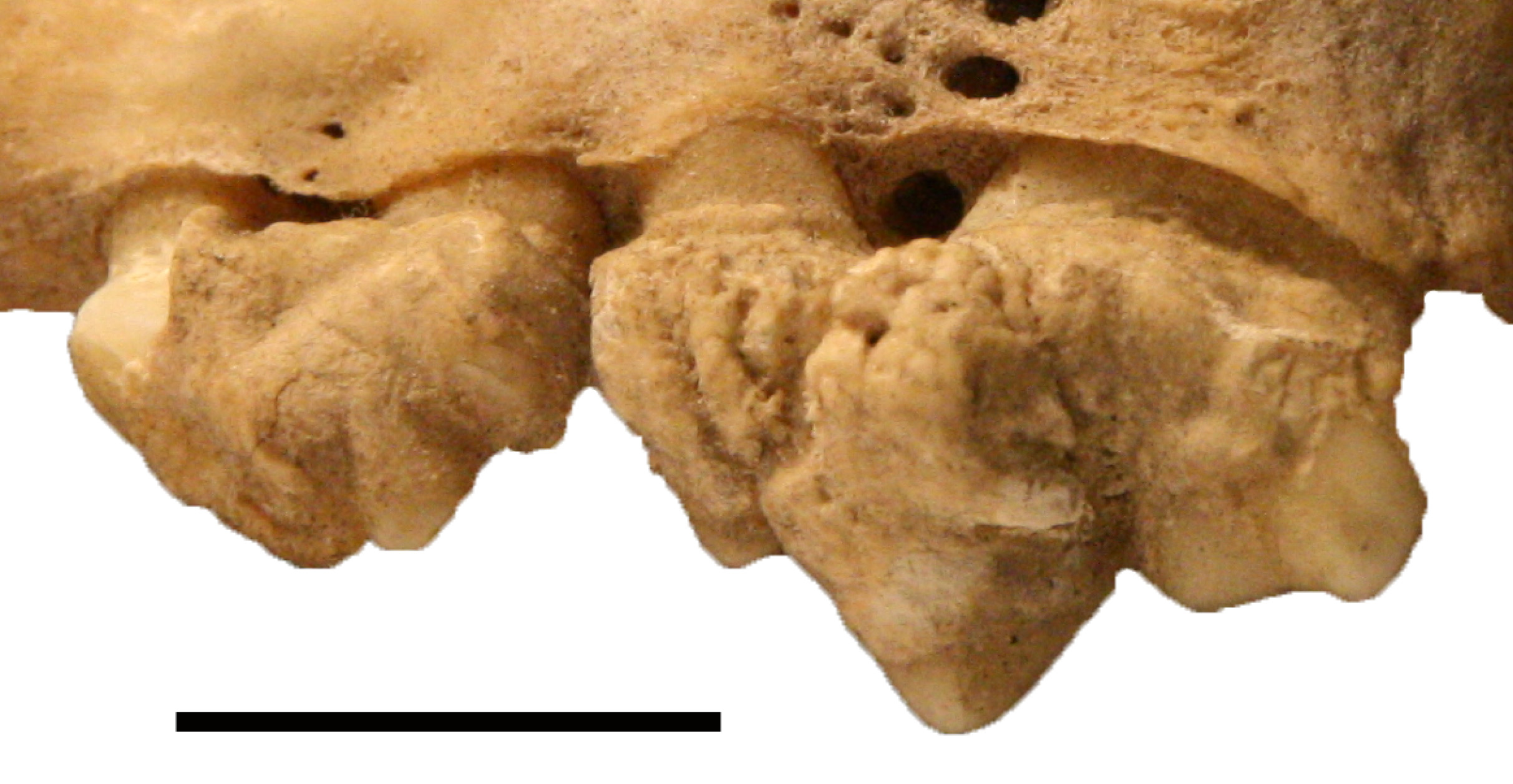
Lateral view of P3–P4 in specimen Ab4458 showing build-up of dental calculus. Scale bar = 10 mm.
Lynx Tooth (Bottom View)
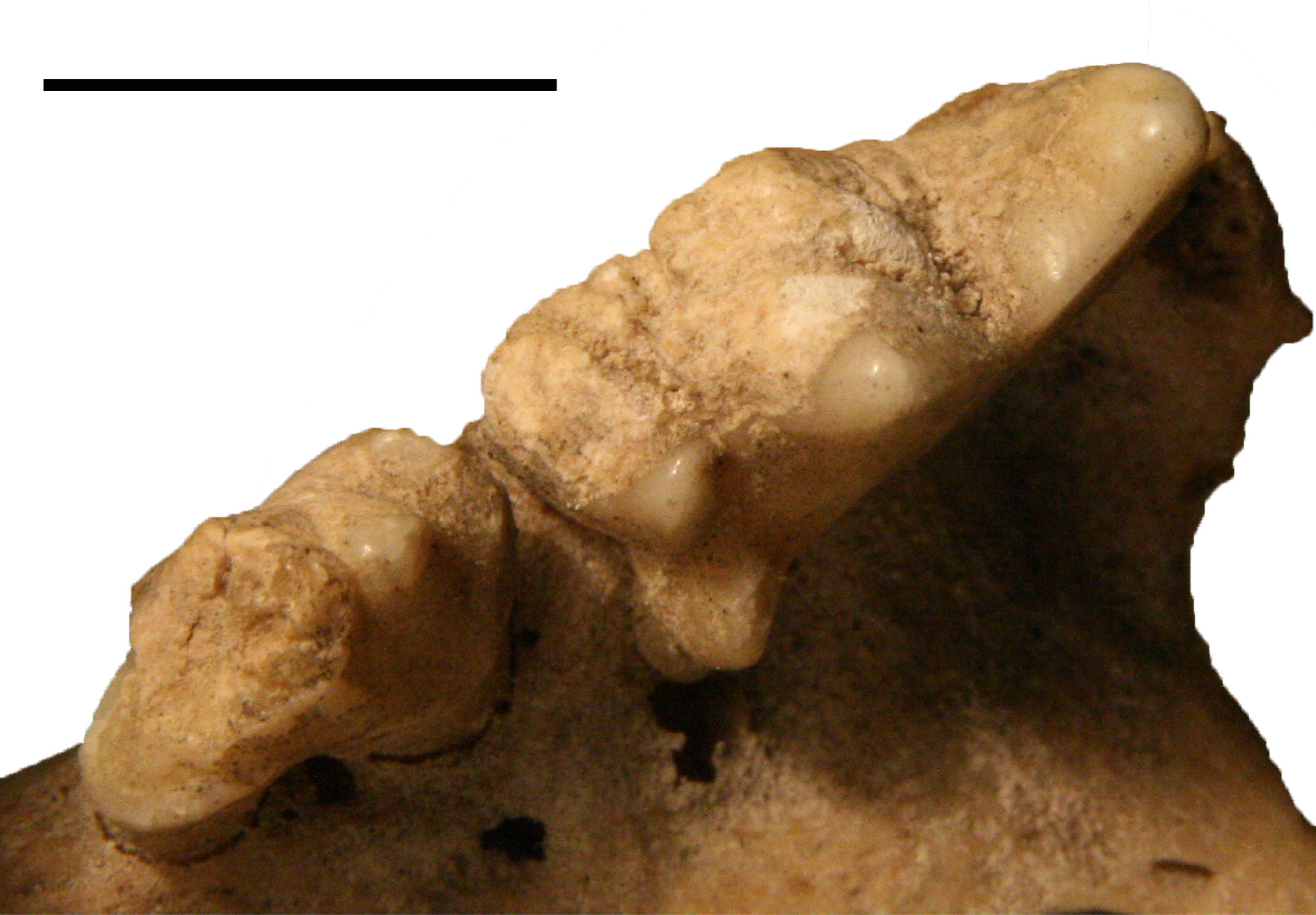
Ventral view of P3–P4 in specimen Ab4458 showing build-up of dental calculus. Scale bar = 10 mm.
Location of lynx
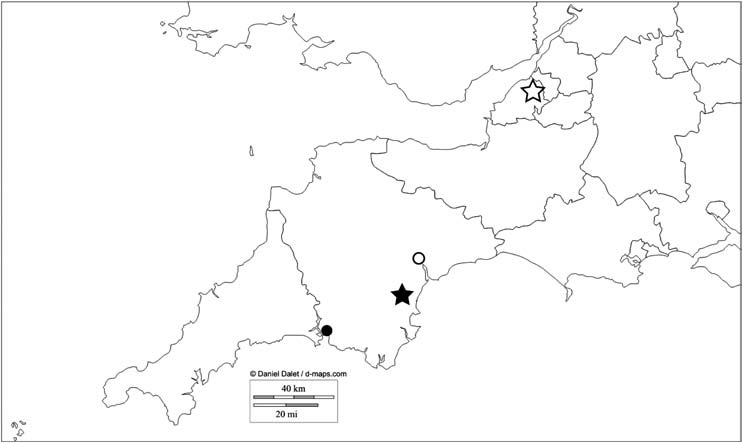
Map of Devon, south-west England, showing location of Newton Abbot (black star), the location at which specimen Ab4458 was shot in or prior to February 1903. Also shown are the cities of Bristol (white star), Plymouth (black circle) and Exeter (white circle).
Sign up for the Live Science daily newsletter now
Get the world’s most fascinating discoveries delivered straight to your inbox.
Living Canada lynx
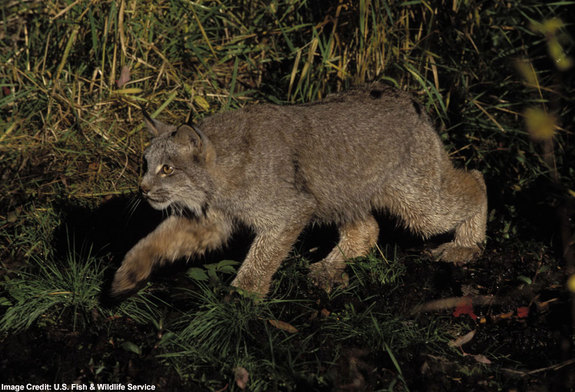
The Canada lynx, Lynx canadensis, is a North American member of the cat family Felidae and is closely related to the Eurasian lynx. It is found in Canada, Alaska and parts of the northern United States.











